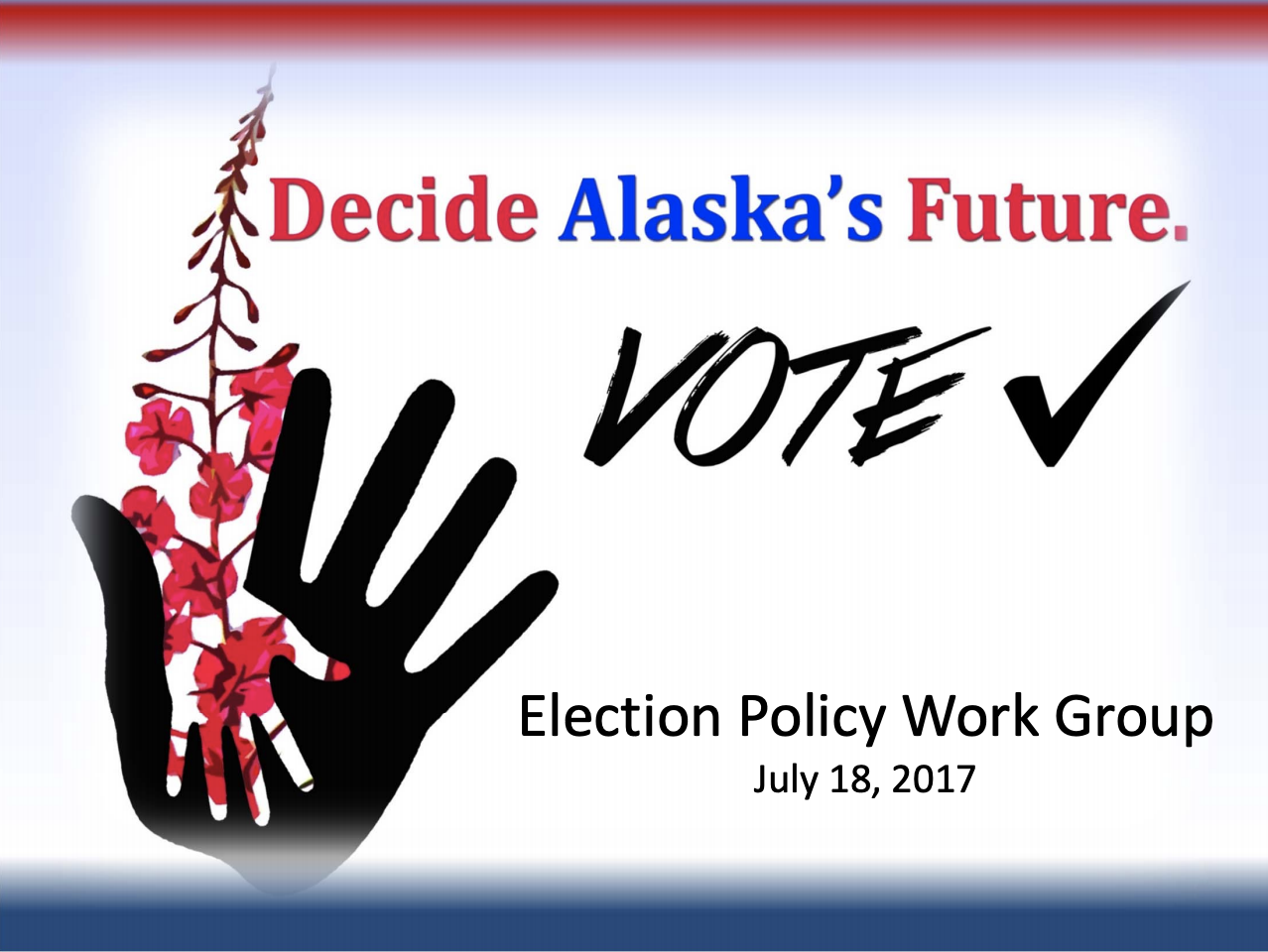This research examines the effects of vote-by-mail policies on ballot roll-off, or down-ballot voting. In examining data from Washington state, a state that first introduced no-excuse mail voting in the 1970s and gradually implemented vote-by-mail statewide, it appears voters who are given more time to study the candidates and issues are more knowledgeable and therefore have greater ballot completion rates (e.g. less ballot roll-off).
Survey of State Cost Savings
Alaska’s Election Policy Work Group compiled research regarding five star vote-by-mail systems, including a survey of cost savings across a number of states
Investing 85 Cents per Voter to Increase Voter Turnout by 4 Percent
In this paper that examines the effects of prepaid postage on voter turnout in the Swiss Canton of Berne, researchers find that prepaid postage is associated with a statistically significant 1.8 percentage point increase in voter turnout. Overall, this amounts to 4 percent more voters participating.
King County Pilots Prepaid Postage in Special Election
During 2017 special elections in the City of Maple Valley and Shoreline School District, King County Elections (Washington state) piloted prepaid postage. While the county estimated 30% turnout based on participation in previous elections, turnout was significantly higher, at 37% and 40%.




